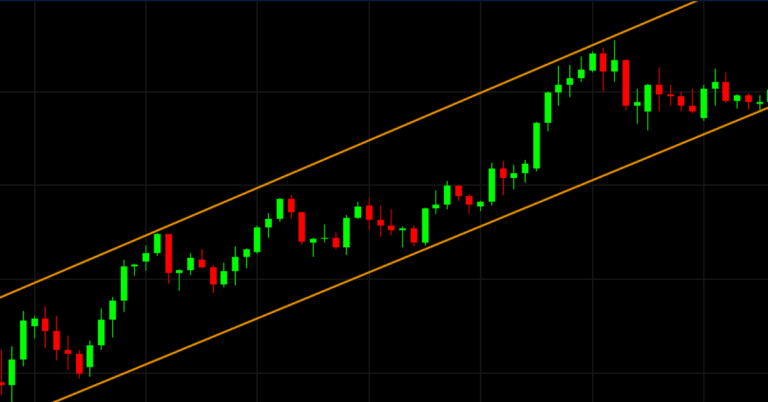“Sell half on double” is a simple trading strategy that suggests selling half of your position in a stock or investment when its price doubles from your initial purchase price. This strategy is often used by investors to lock in profits while still retaining some exposure to potential further gains.
Here’s how the “sell half on double” strategy works:
- Initial Purchase: You buy a certain amount of a stock or investment at a specific price.
- Price Doubles: If the price of the stock or investment doubles from your initial purchase price, the “sell half on double” strategy suggests selling 50% of your position. This means you sell enough shares to recoup your initial investment amount.
- Remaining Position: After selling half of your position, you are left with 50% of your original investment. This allows you to participate in any potential future gains, while also securing some profit by selling at the doubled price.
The idea behind this strategy is to reduce the risk of losing money if the stock’s price were to decline after doubling, while still giving you a chance to benefit from further price appreciation. It’s a way to protect your initial investment while also participating in potential future gains.
Keep in mind that while this strategy can be effective in some cases, it’s not foolproof. Markets can be unpredictable, and a stock that has doubled in price might continue to rise, or it could reverse and decline. Factors such as company fundamentals, market conditions, and economic events can influence the performance of a stock.
Sample Execution
Scenario: You decide to invest in a pharmaceutical company’s stock. You buy 200 shares of the company’s stock at $20 per share, resulting in an initial investment of $4,000.
Strategy: You choose to implement the “sell half on double” strategy. This means that if the stock’s price doubles from your initial purchase price, you will sell half of your position.
Execution:
- Purchase Date: You purchase 200 shares of the pharmaceutical company’s stock at $20 per share, investing $4,000.
- Price Increase: Over the next year, the pharmaceutical company announces positive clinical trial results for a new drug, and the stock’s price experiences significant growth. The stock’s price reaches $40 per share, which is a doubling of the initial purchase price of $20 per share.
- Sell Trigger: As the stock’s price has doubled from your initial purchase price, according to your strategy, you decide to sell half of your position, which is 100 shares.
- Profit Calculation: You sell 100 shares at $40 per share:
- 100 shares × $40 = $4,000
- Remaining Position: After selling, you are left with 100 shares of the pharmaceutical company’s stock.
By implementing the “sell half on double” strategy, you’ve captured your initial investment of $4,000 in profits while retaining a portion of your investment for potential future gains.
Variations
“Sell half on double” variations are strategies that share a similar concept of taking profits by selling a portion of an investment when it reaches a certain target, but they might have different rules or conditions. Here are a few variations:
- Sell Third on Double: In this variation, you might choose to sell one-third (33.33%) of your position when the investment doubles in price. This leaves you with two-thirds of your original investment while still capturing some profits.
- Sell Incrementally on Multiples: Instead of a fixed percentage, you could sell a portion of your position at specific price multiples. For example, you might sell 25% of your holdings when the investment doubles, another 25% when it triples, and so on.
- Trail and Lock: With this approach, you sell a portion of your position as the price increases but use a trailing stop to lock in gains and potentially capture more upside. For instance, you might set a trailing stop at 15% below the highest price since your purchase. If the price drops by that percentage, you sell your remaining position.
- Percentage Gain Strategy: Rather than selling based on doubling the price, you might decide to sell a certain percentage of your position when it reaches a specific percentage gain from your initial purchase. For example, you could sell 50% of your position when it gains 50% from your purchase price.
- Time-Based Selling: Instead of basing your selling decision solely on price movements, you could sell a portion of your investment after a predetermined period, regardless of the price. For example, you might sell 25% of your position after one year, 50% after two years, and so on.
- Dividend Reinvestment Variation: If you’re investing in dividend-paying stocks, you could sell a portion of your position when the dividends received from that position cover your initial investment. This way, you’ve effectively recouped your original investment while still holding onto the stock.
Remember that all these variations involve different levels of risk and considerations. The right approach for you depends on your investment goals, risk tolerance, and the specific assets you’re investing in. It’s also important to stay informed about market conditions and any changes in the fundamentals of the investments you hold. If you’re uncertain about which strategy to use or how to implement it, seeking advice from a financial advisor can be beneficial.




